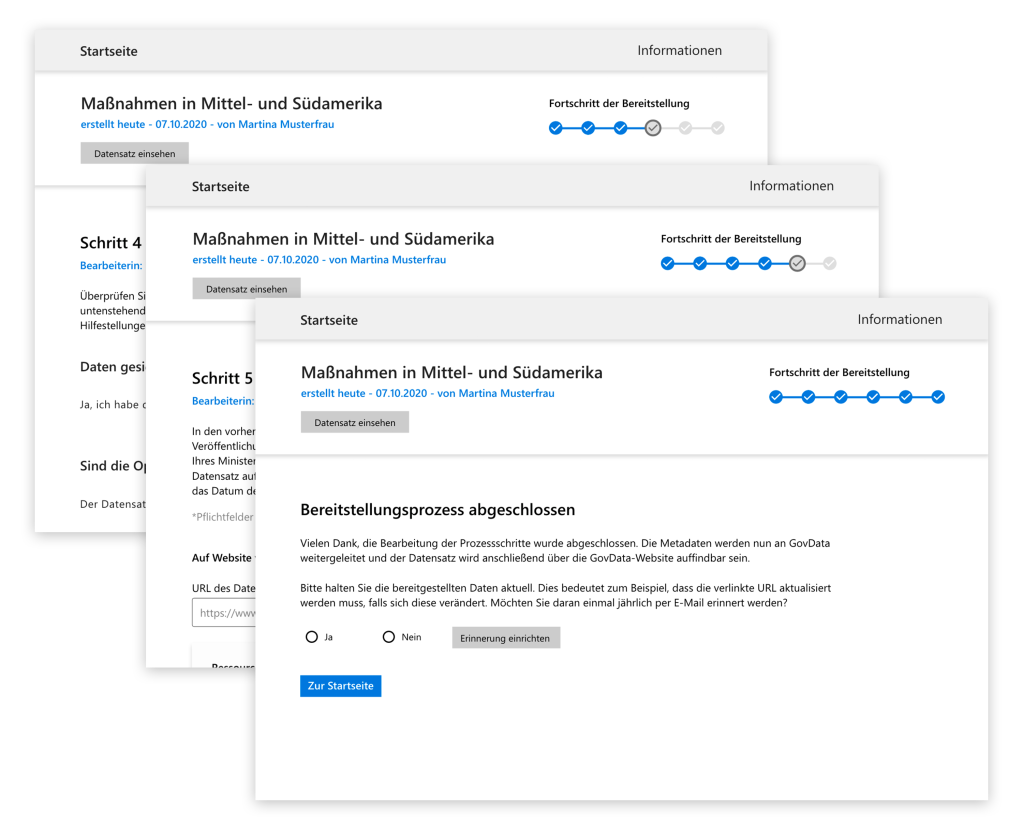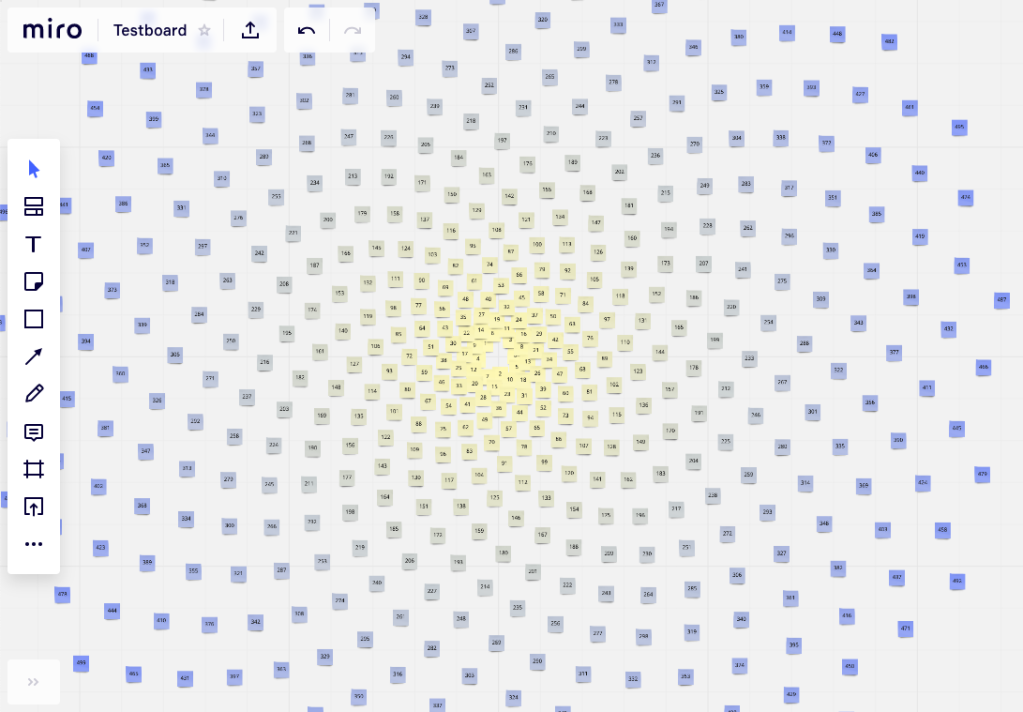13.1.2021
Four things as of late that I’d like to share.
Tech4Germany: Open Data Process Guide
As shared in the previous post, I was part of Tech4Germany as engineering fellow from July to October 2020. The experience was great and I highly recommend it! Currently the applications for 2021 are open! :) All 8 teams published their results on the Tech4Germany website. My team’s results – the open data process guide GUIDO – can be found here and our open source code here. A few neat ideas made their way into the code that I am really happy with and might reuse in future projects in some way or another. The base idea was to enable ministries to first assemble their own process of publishing open data based on customisable building blocks and then follow this process on a regular basis to publish open data. A cool feature we prototyped was to start the configuration of process via a BPMN diagram that ties the respective steps together in the right order. Another feature was to be able to email the files in question to GUIDO and get back a link that takes you directly into a new publishing-case for said files.
Update 8.2.2021: I was invited to write a blogpost (in German) on the GovData blog about this project. You can find it here.
Lunch matchmaking & Miro art
As most engineers in the Tech4Germany projects didn’t get to actively code until around halfway of the 12 weeks, I spent some time developing useful little things :)
The organisers intended for us to have lunch with a random person among the 32 fellows each week. This matching however, would have become increasingly hard to do manually in Excel if no one is to meet the same person twice and it should not occur for team mates to be matched since they talk enough on a daily basis. I saw a chance to apply some of the subgroup math that I have been fiddling with now and then over the last years. So I wrote a bit of code that facilitates the matching while honouring said and also newly added constraints. From week 2 onwards, it became my Monday-task to run the script and post the results in the lunch channel.
In preparation for a short presentation about the lunch matchmaking algorithm I looked up how to create and modify elements on a Miro board by code. I wanted to highlight the connection of the subgroup math to Pascal’s triangle, Sierpiński triangle and the Fibonacci spiral by having them appear on a Miro board and zooming in on them etc.
Ethereum introduction video
End of September 2020 I gave the introduction to the Ethereum Blockchain as part of the lecture “Sustainable DAOs: Blockchains, Smart Contracts and Value-Sensitive Token Design” at ETH Zürich with Dr. Marcus Dapp and Mark Ballandies. The 1.5h recording is embedded below. From 12:38 on I use eth.build from Austin Griffith for a no-code visual intro to some basics. From 31:38 on I walk through the coding and deployment of a mini dApp, using a self-built “commit walker” script to move forward in the git history. At 48:16 starts a demo of our Finance 4.0 platform and from 1:02:59 I trace the claiming of a token through the code.
Finalist in TUM Future Learning Initiative
I participated in the TUM Future Learning Initiative 2020 and, while not having won it, two of my submitted ideas were among the finalists. Going into a university-wide voting, all finalists got coaching from ProLehre and made short professional videos with their media production team. Since I was with Tech4Germany in Berlin at the time, we recorded mine via video calls. Below both videos and two PDFs for each: the initially submitted ones and the ones displayed below the videos during the voting process.

